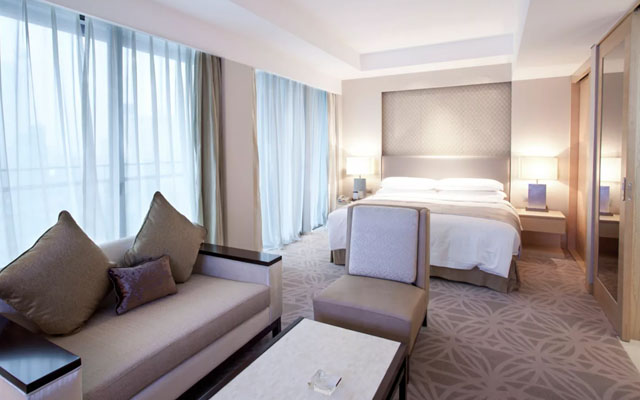CHINA is planning to launch a space theme park in Hainan province, as it is clear that ground-based space tourism and not space travel itself is the immediate opportunity for the industry, according to this morning’s keynote lift-off at PATA’s 60th Anniversary & Conference.
Yu Dengyun, deputy director general, Committee of Science and Technology, China Aerospace Science and Technology Corporation, said: “I dare not forecast when the first Chinese tourist will be able to go into space. Maybe we should start thinking about ground-based space facility tourism first,” he said.
The theme park will give people the opportunity to visit space shuttle launch pads and other ground facilities, watch the launch of space aircraft, and experience what it is like to be on the moon and Mars. “The experience will be very different to watching it on television,” Yu said.
Space travel will eventually become “as common as a car drive” with advances in technology, but for now and the forseeable future, it is strictly a luxury limited to those able to afford the astronomical fees.
Conference keynote speaker Eric Anderson, chairman and co-founder of Space Adventures – which sent the first tourist into space in 2001 – said: “It has been 50 years since the first human successfully went into space orbit. Only about 500 people have visited space in this 50-year period. This is fewer than the number of billionaires in the world.”
While hoping to eventually expand space tourism to the masses, Anderson admitted that the cost of space travel had tripled from about US$20 million per person per trip 10 years ago to close to US$60 million today, not taking into account the cost of travel insurance – a couple of per cent of the princely sum.
Even the next best alternative, sub-orbital flights which only take 1/100th of the energy required to reach orbit, and give passengers the opportunity to experience floating weightless in a zero gravity environment for two-to-three minutes at a time, cost US$100,000 to US$200,000 per person per trip, according to Anderson.
Anderson said he was planning to introduce a lottery to give people who would not normally be able to afford space travel the chance to head into space. “It is a way of democratising space travel.”
Anderson said: “Ground-based space tourism is a market with big potential. The most-visited museum in the world is the Smithsonian National Air and Space museum in Washington.”



















